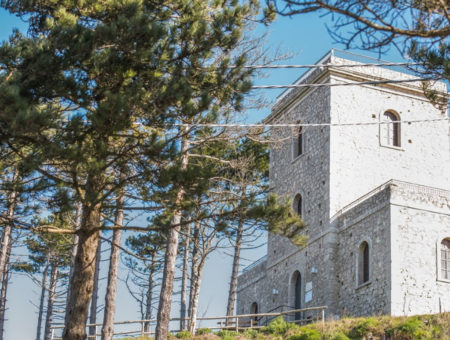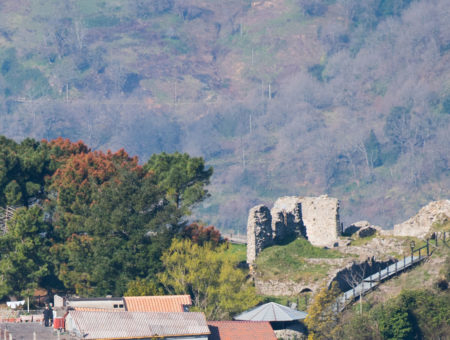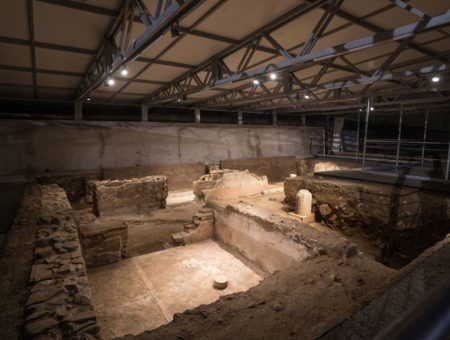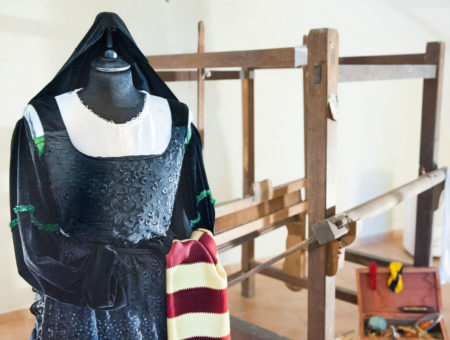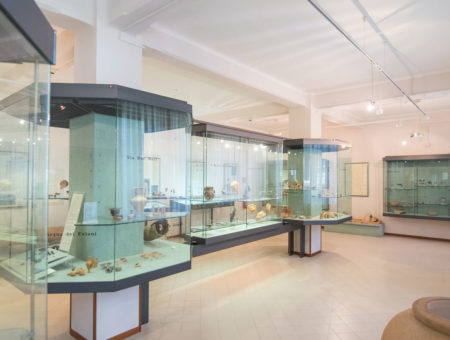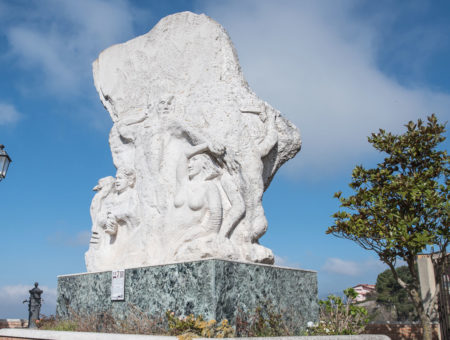
Civic Antiquarium
1995
Reorganised in 1995, the museum is hosted in two rooms: in the former, we find a monumental Brettian tomb of IV century b.C. in the form of a small temple; in the latter, there is part of the findings discovered in the territory, dating back from the Neolithic age to the modern era.
Prehistory and the Bronze Age are documented by stone materials (polished axes, tools made of obsidian, flint arrowheads, ceramics from the Apennines, fibulas and a bronze lance’s cusp).
The majority of findings discovered during the building expansion of the ‘60s or during the excavation campaigns date back to the Brettian age (IV-III century b.C.).
The standing-out items are: two Greek-Italic bronze helmets (one of them, finely chiselled, is kept in the Provincial Museum of Catanzaro), handles of situlas, ceramics with impressed marks and writings, black-varnished and achromous pottery, remains of containers for cereal and liquids, grave furnishings, small heads made of terracotta, impressed bricks, and a lead plate (defixio) containing a curse. Attention shall be paid to an architectonic element of a valuable building carrying a lion carved in relief. The Roman presence in the territory is documented by Roman-Campanian coins, by two small votive statues (Selene and Hermes), and by the famous copy of the Senatusconsultum de Bacchanalibus of 186 b.C., released by the Roman Senate to forbid the orgiastic-religious cults dedicated to Dionysus or Bacchus. The original document is kept in the Archaelogical Museum of Vienna.

